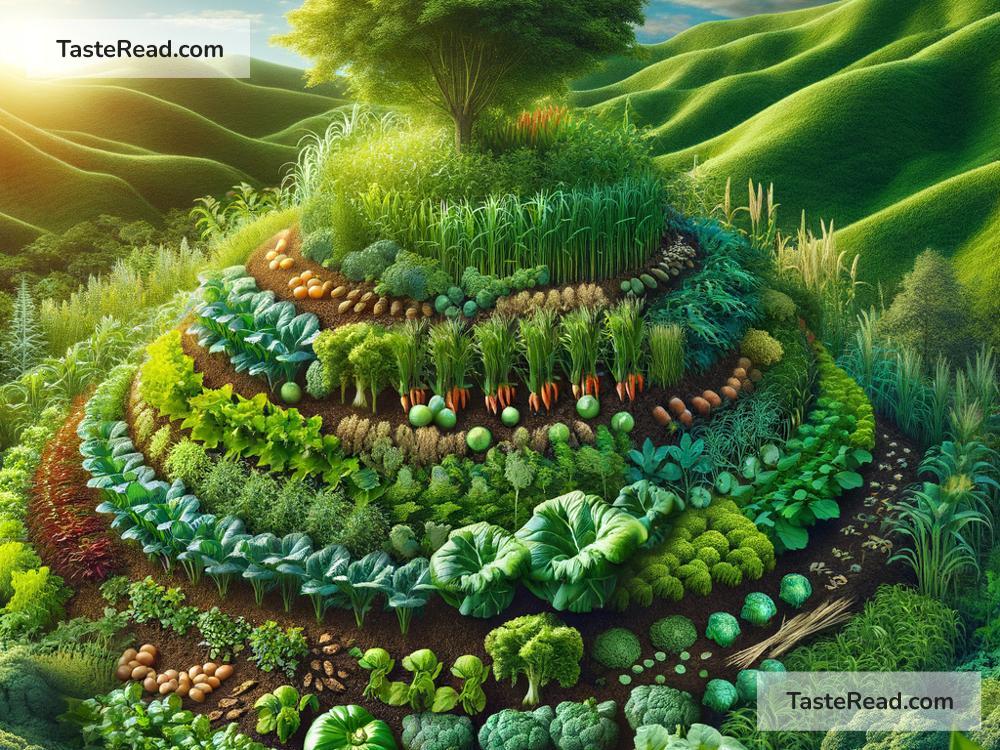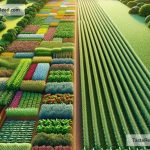Exploring the Impact of Regenerative Land Practices on Ingredient Sustainability
Sustainability has become a buzzword we hear almost every day, but when it comes to the food we eat and the ingredients that go into it, sustainability is more than a trend; it’s a necessity. Our planet is under stress from decades of intensive farming, deforestation, and practices that strip the land of its natural resources. This is where regenerative land practices come in, changing the game for the better and offering hope for a more sustainable future.
You might be wondering, “What exactly are regenerative land practices?” Simply put, these practices focus on restoring the health of the land. Unlike traditional farming, which can deplete the soil and harm ecosystems, regenerative agriculture aims to rejuvenate the earth. It includes practices like crop rotation, which avoids exhausting the soil of specific nutrients; cover cropping, which prevents soil erosion; and reduced tillage, which helps maintain soil structure and health.
So, how do these practices affect the sustainability of ingredients? Let’s dive in.
1. Healthier Soil Equals Healthier Crops
First and foremost, healthy soil is the foundation of healthy crops. By using regenerative practices that enrich the soil, farmers can grow more nutrient-dense ingredients. This means that the food made from these ingredients is not only better for you but also has a richer taste. It’s a win-win situation for consumers and the environment.
2. Increased Biodiversity
Regenerative farming also encourages a more diverse ecosystem. By planting a variety of crops and using natural ways to control pests, the land can support a wider range of life forms. This biodiversity is crucial for resilience against diseases and extreme weather, ensuring that farmers can continue to produce the ingredients we rely on, no matter what challenges the climate may bring.
3. Combatting Climate Change
One of the remarkable benefits of regenerative practices is their ability to fight climate change. Plants capture carbon dioxide (CO2) from the air during photosynthesis, and healthier soils can store more of this carbon. By improving soil health, regenerative agriculture can help mitigate the effects of global warming, keeping carbon in the ground instead of the atmosphere.
4. Water Conservation and Quality
Water is a precious resource, and regenerative practices play a vital role in conserving it. Healthy soils retain water better, reducing the need for artificial irrigation. Moreover, by avoiding chemical fertilizers and pesticides, these practices ensure that the water running off the fields is cleaner, protecting local waterways and the creatures that live in them.
5. Economic Benefits for Farmers
Switching to regenerative farming isn’t just good for the planet; it’s also advantageous for the farmers. Healthier soils produce higher yields, which means farmers can earn more from their land. Additionally, by reducing the need for expensive chemicals and irrigation, farmers can cut costs and increase their profits. This economic viability encourages more farmers to adopt sustainable practices, creating a positive cycle of environmental stewardship and economic success.
6. Resilience Against Market and Environmental Shocks
Finally, regenerative practices make farming systems more robust against both market fluctuations and environmental changes. By diversifying crops and improving soil health, farms can better withstand pests, diseases, and weather extremes. This resilience is essential for ensuring a steady supply of ingredients, even in the face of global challenges like climate change.
In conclusion, regenerative land practices offer a multi-faceted solution to many of the sustainability challenges facing our food system today. By revitalizing the health of the land, these practices ensure that we can continue to enjoy a diverse and abundant supply of ingredients for generations to come. As consumers, we play a significant role in supporting this sustainable future. By choosing products that prioritize regenerative practices and sustainability, we can help drive the demand for more responsible farming, making a positive impact on our planet, one meal at a time. Sustainability isn’t just a trend; it’s a way of living that honors the earth and its bounty. Let’s embrace it with open minds and heart, for the sake of our planet and future generations.


